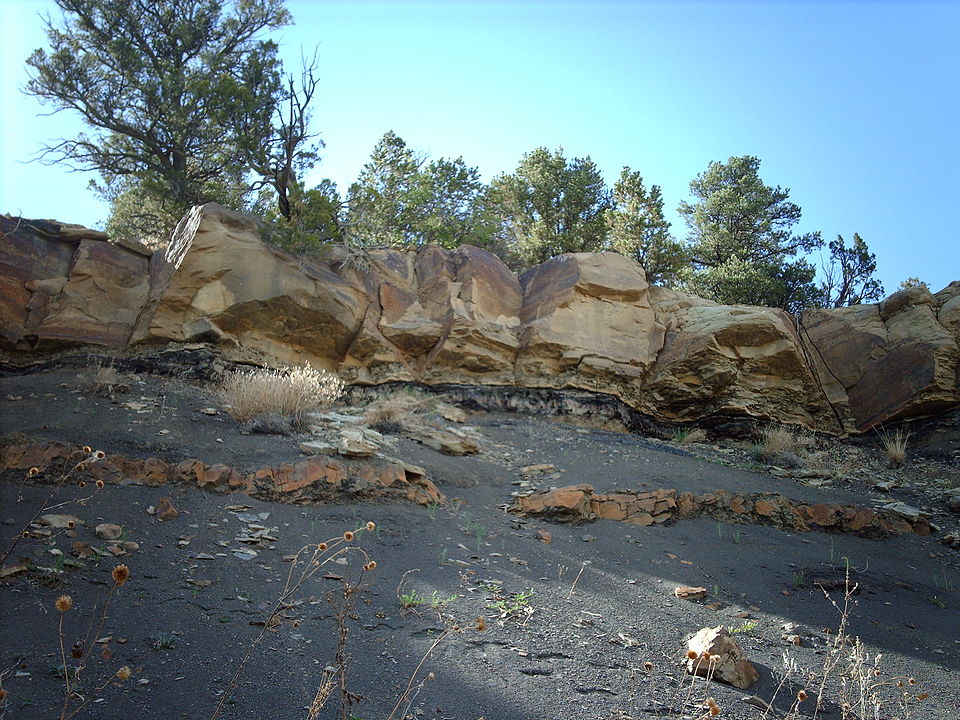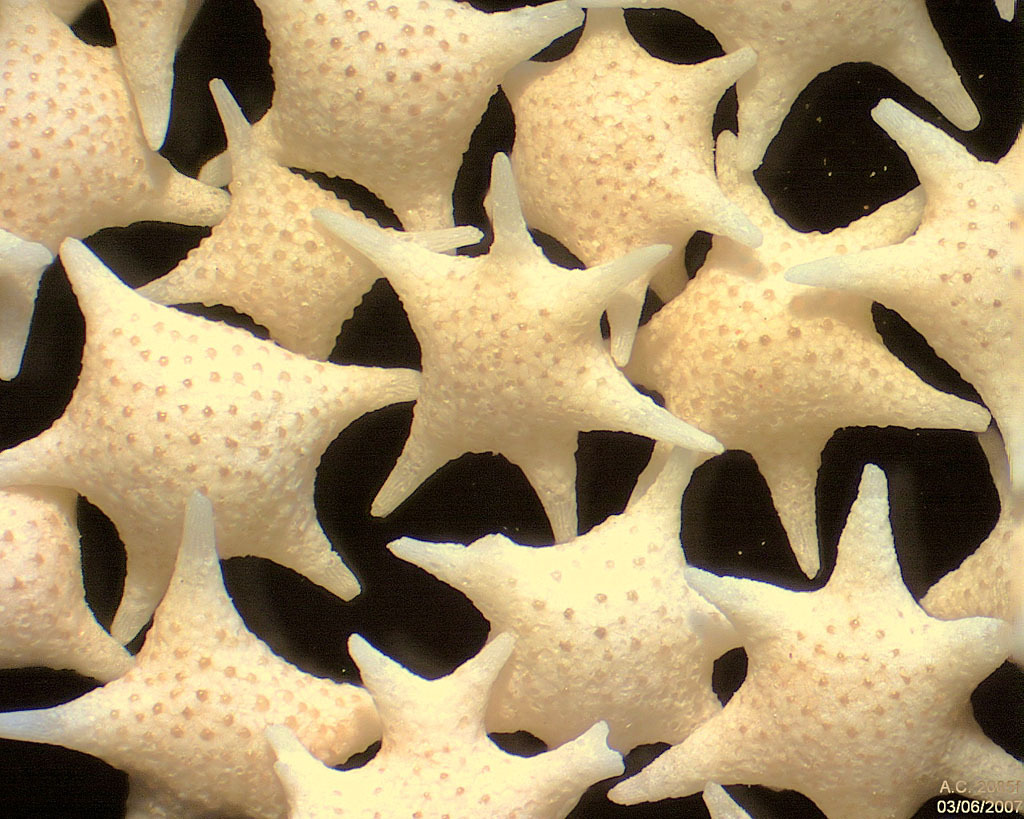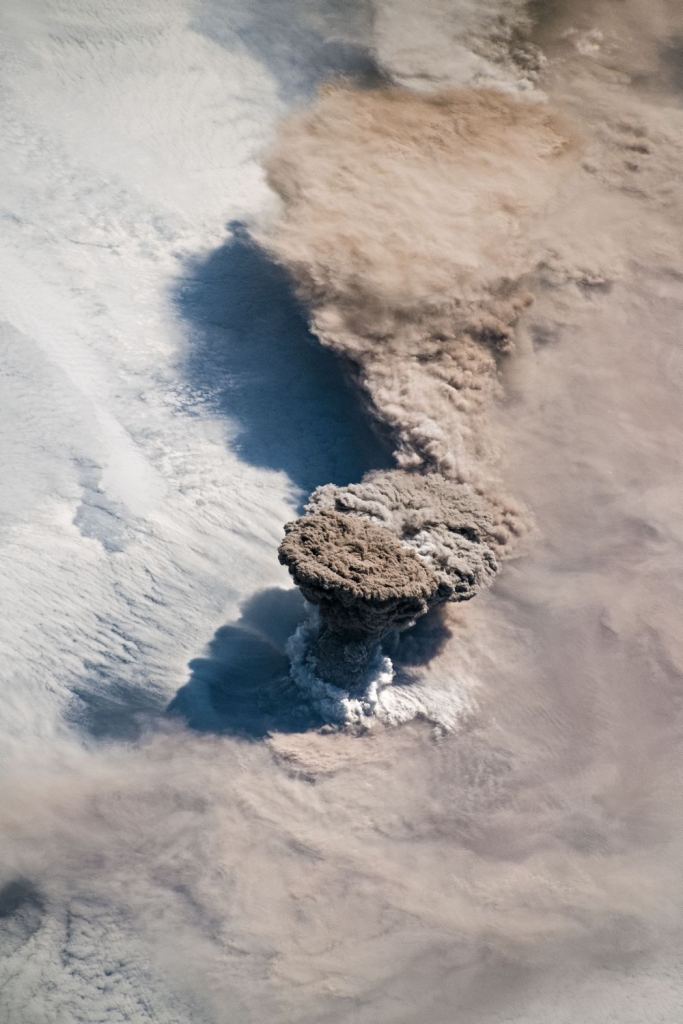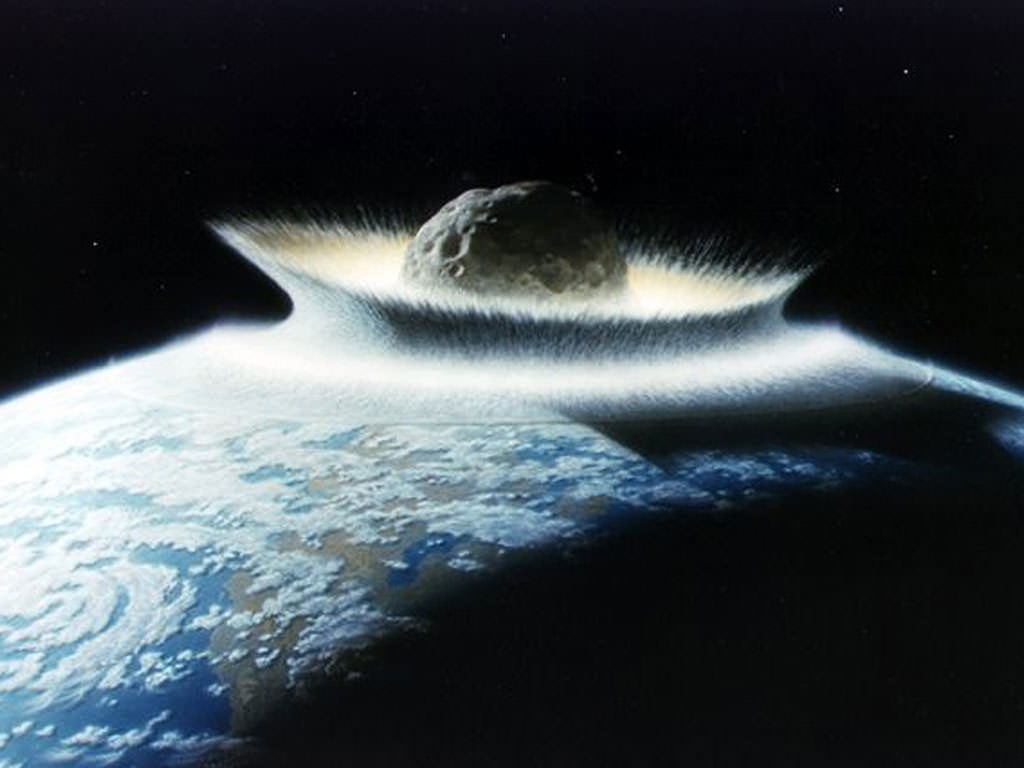Which camp are you in: volcanoes? Or asteroids?
When it comes to the extinction of the dinosaurs, science has whittled it down to those two possibilities. The asteroid strike has been the leading candidate for quite some time now, but those darn volcanoes refuse to stand down.
A new study is presenting even more evidence that it was the impact that wiped out the dinosaurs, and not volcanoes.
The asteroid strike is known as the Chicxulub impact event in the Yucatan in modern day Mexico. That asteroid is estimated at between 11 to 81 kilometers (6.8 to 50.3 miles) in diameter. It blasted out a crater about 150 kilometers (93 miles) in diameter and 20 kilometers (12 miles) deep.

That impact created a mega-tsunami over 100 meters (330 ft) tall. The impactor, either an asteroid or a comet, burrowed its way into the crust, and it sent a massive amount of rock and dust high into the atmosphere. As that material fell back to Earth, it heated and started fires and cooked the Earth’s surface. The consequences for the dinosaurs and other living creatures were devastating, and almost instantaneous.
Those that survived would have faced several years of dust-laden sky, maybe a decade. During this impact winter, thick dust would’ve blocked out much of the Sun’s energy, making Earth a cool and inhospitable place. Evidence from multiple places around the Earth shows a rapid and mass extinction.
The evidence for this impact lies in the crater itself, which was discovered and announced in 1978. There’s also the Cretaceous-Paleogene (K-Pg) boundary. It’s a stratigraphic line in the rock that marks the boundary between the Cretaceous Period and the Paleogene Period. It’s found around the world.

There’s a high concentration of iridium at the K-Pg boundary. Iridium is rare in the Earth’s crust, because most of it would’ve sank towards the center of the Earth in the planet’s early, molten period. But there is, however, lots of iridium in some asteroids and comets. So the conclusion is that the iridium must have come from an asteroid or comet.
Then there’s the volcano hypothesis and a geological feature in India called the Deccan Traps.
Earth is a volcanically active planet. Earth’s crust is largely basalt, which is an igneous rock, and has formed over billions of years of geological history. (Same with the crusts of the Moon, Venus, Mercury, Mars, and other bodies.) So the idea that a period of intense volcanic activity led to the extinction of the dinosaurs is a reasonable hypothesis. There’ve clearly been multiple episodes of intense volcanic activity on Earth.
The Deccan Traps is a massive basaltic flow feature in India. In geological terms it’s called a large igneous province (L.I.P.) A large igneous province is an area at least 100,000 square kilometers. There are many LIPs on Earth, and they’re large, widespread accumulations of igneous rock, deposited on the surface when magma breaches the crust. Large igneous provinces are the fingerprints of episodes of intense volcanism.

These large igneous provinces are proof that there have been massive and disruptive episodes of volcanism. The Deccan Traps cover a 500,000 square kilometer area now. But geologists think that it initially covered an area of 1.5 million square kilometers, making it a very significant event. They also estimate the mass of igneous basalt in the Deccan Traps at 1,000,000 km3 (200,000 cu miles).
The idea is that this much volcanic activity would release enough compounds into the atmosphere—particularly sulfur dioxide—to block out the Sun and cool the Earth. When it comes to the timing of the formation of the Deccan Traps, it matches with the K-Pg boundary and the extinction of the dinosaurs. So at the time the dinosaurs went extinct, there was both a massive impact and a large amount of volcanism.
A new study in Science presents new evidence backing the Chicxulub event as the cause, and disputing the timing of the Deccan Traps volcanic activity. The paper was published on January 17th in the journal Science. It’s titled “On impact and volcanism across the Cretaceous-Paleogene boundary.” The new paper shows that there’s a timing mismatch between the Deccan Traps volcanism and the extinction event. According to the authors, “We found support for major out-gassing beginning and ending distinctly before the impact, with only the impact coinciding with mass extinction…”
Professor Paul Wilson of Southampton University is one of the authors of this new research. In an interview with the BBC, Wilson describes some of the work that went into the study. That work revolves around sediments on the ocean floor. The evidence contained in those sediments shows that the volcanic activity didn’t create the climate change that spelled the end of the dinosaurs.
“The deep ocean sediments are packed full of these microscopic marine organisms called Foraminifera,” Professor Wilson explained in the article.

There’s an impressive fossil record of Foraminifera in the ocean floor that dates back to the Jurassic period. There’s a limitless supply of Foraminifera fossils, and because the form shells based on the elements available in the oceans at the time, they comprise a record of Earth’s paleoclimate and paleoceanography.
“You get about a thousand of them in a teaspoon of sediment. And we can use their shells to figure out the chemistry of the ocean and its temperature, so we can study in great detail the environmental changes that are occurring in the run-up to the extinction event.”
Scientists have detailed climate models of the Earth at the time of the extinction. And the only way the team of researchers could get the models to match the sea-floor evidence was to have the volcanoes and their emissions done and over with by the time of the impact. In a nutshell, the climate effects from the Deccan Traps volcanic activity were all in the past by the time the dinosaurs went extinct.

In the abstract from their paper, the authors say, “We used carbon cycle modeling and paleotemperature records to constrain the timing of volcanogenic out-gassing. We found support for major out-gassing beginning and ending distinctly before the impact, with only the impact coinciding with mass extinction and biologically amplified carbon cycle change.”
“We find the impact event is exactly contemporaneous with the extinction,” Professor Wilson told the BBC.
In recent years, other critical evidence has come to light that supports the impact event extinction of the dinosaurs.
In that evidence, it’s the location of the strike that helped make it so devastating. The Yucatan area where the asteroid or comet struck is rich in gypsum. Gypsum has lots of sulfur in it, and when that gypsum was vaporized and spread into the atmosphere, it created a stubborn cloud that blocked out sunlight for years. If the asteroid had struck a little earlier, or a little later, it would’ve struck the ocean. That problematic gypsum would never have been vaporized, and the impact winter may have been much shorter.
What would the world look like now if that had happened?
More:
- Research Article: On impact and volcanism across the Cretaceous-Paleogene boundary
- BBC Interview: Dinosaur extinction: ‘Asteroid strike was real culprit’
- Universe Today: Dinosaur Killing Asteroid Hit in Exactly the Wrong Place
- Universe Today: Mammals Were Already Flourishing When The Axe Fell On The Dinosaurs

